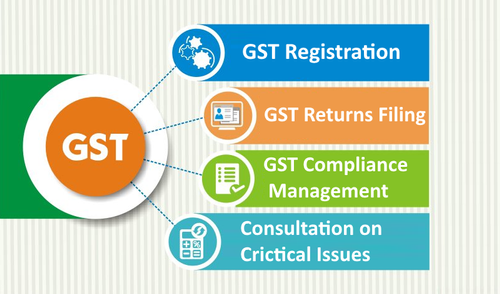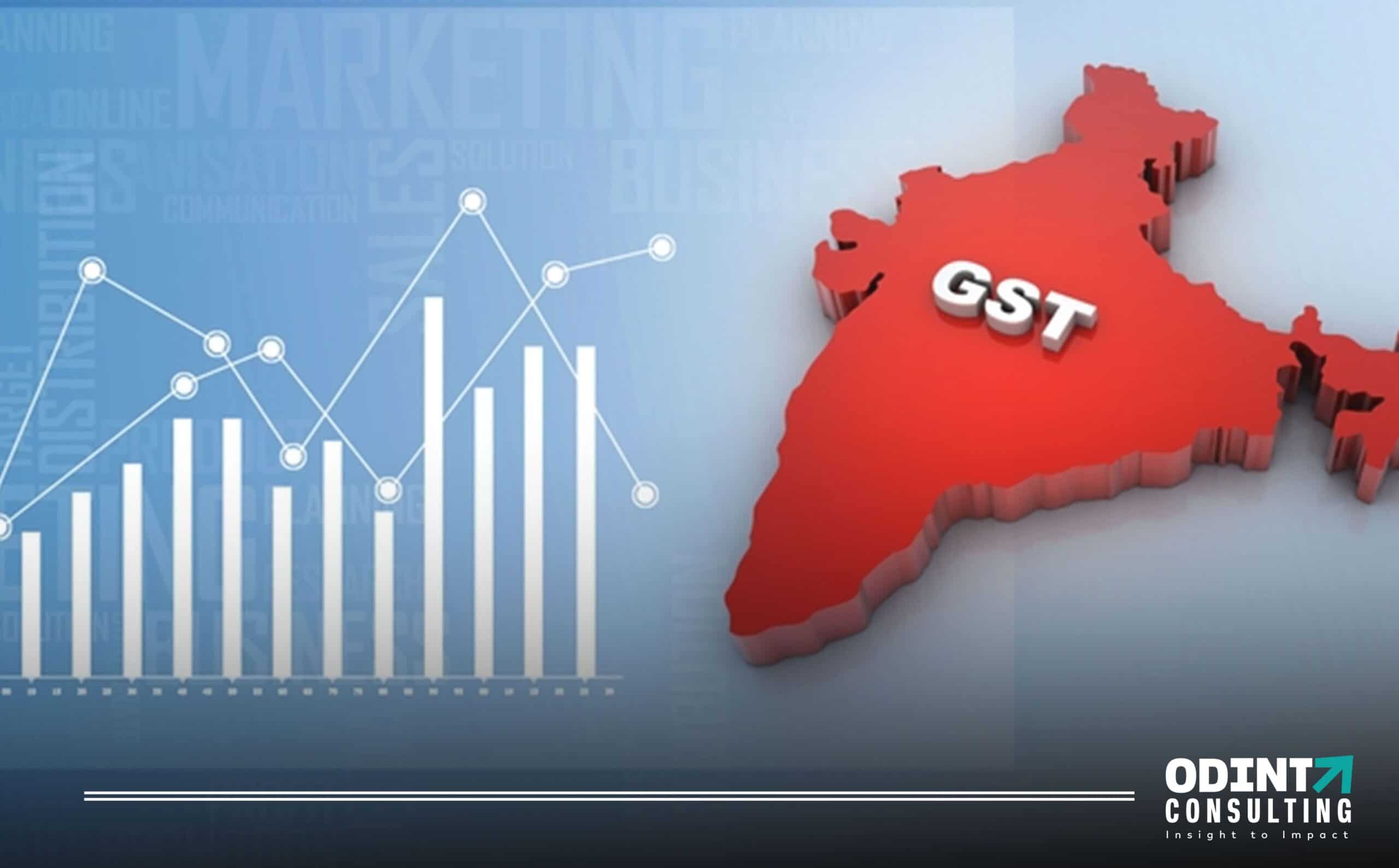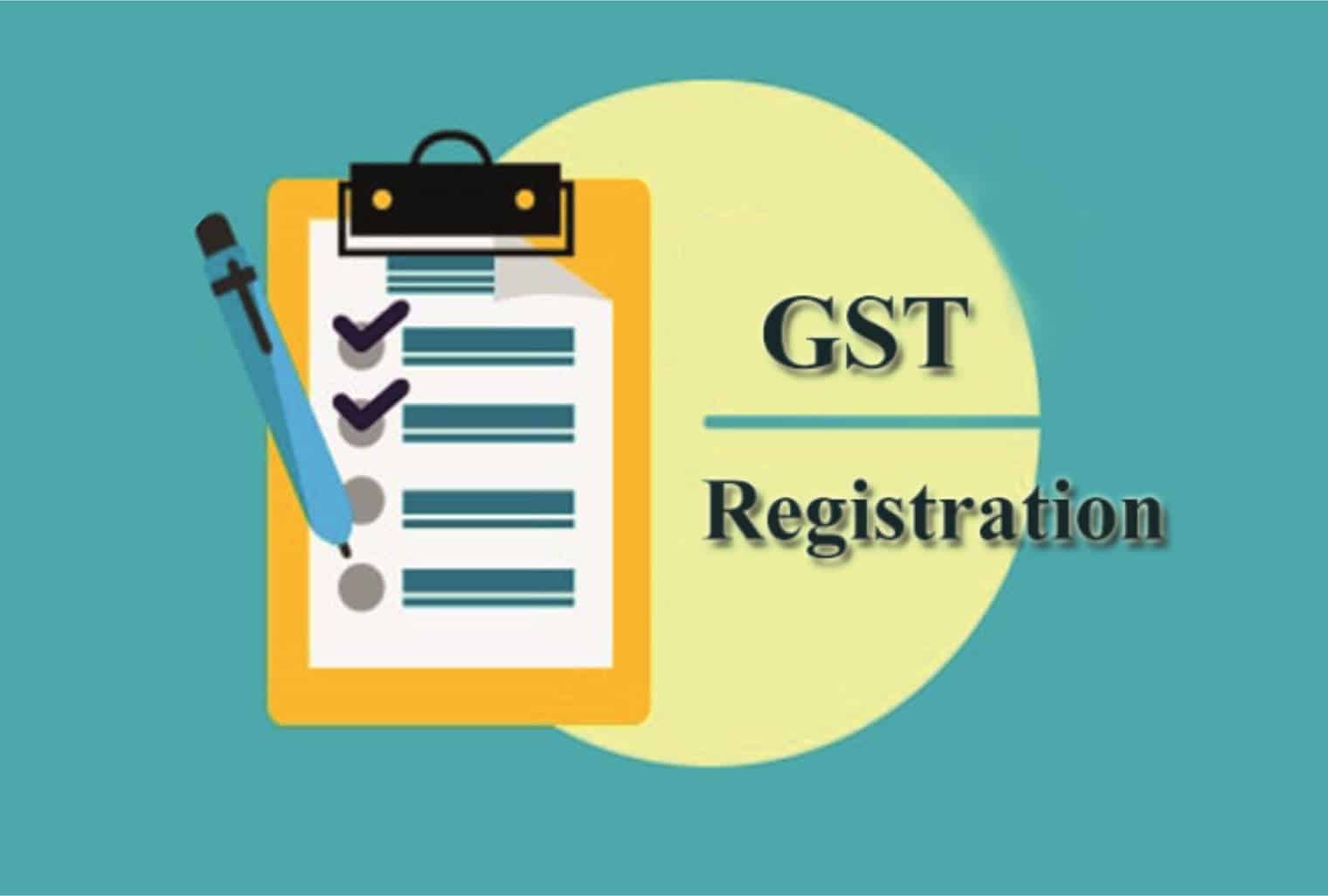Step-by-Step Overview to GST Registration: Everything You Required to Know About the Application Refine

Eligibility Standards for GST Enrollment
Meeting the eligibility criteria for GST registration is a fundamental requirement for companies operating in India. As per the Goods and Services Tax (GST) legislation, entities associated with the supply of products or services have to register for GST if their annual turnover surpasses the recommended threshold. For regular businesses, this limit is evaluated 40 lakhs for items vendors and 20 lakhs for solution suppliers. In addition, particular special category states have a reduced limit of 10 lakhs. In addition, businesses entailed in inter-state supply, informal taxable persons, non-resident taxable persons, and those required to pay tax under the reverse fee system should also register for GST, regardless of their turnover.
In addition, particular organizations such as ecommerce operators, representatives of a supplier, input solution distributors, and people providing using ecommerce systems are likewise called for to register for GST, no matter of their turnover. Recognizing and meeting these qualification criteria are critical steps for organizations seeking to abide by the GST policies in India.
Required Papers for Application
When looking for GST registration, organizations need to supply specific files to finish the application procedure effectively and accurately. The needed records vary relying on the type of business entity looking for registration. For a sole proprietorship, the files typically include the owner's frying pan card, Aadhaar card, address evidence of the business, bank account declarations, and pictures. Collaboration firms need to submit partnership action, frying pan cards of partners, Aadhaar cards, address evidence of the principal business, checking account statements, and photographs. Companies should offer their Certification of Consolidation, Memorandum of Organization, Articles of Association, PAN cards of directors, Aadhaar cards, address proof of the authorized workplace, financial institution declarations, and pictures. Furthermore, all entities need to send evidence of the business, like rental agreement or electrical power expense, and authorization forms. Ensuring that all needed files remain in order and submitted appropriately is essential for a smooth GST enrollment process.
Step-by-Step Application Process
To efficiently complete the GST registration procedure, companies should adhere to an organized step-by-step application treatment. The first action is to check out the GST online portal and click the 'Services' tab, adhered to by 'Registration' and after that 'New Enrollment.' Next, provide the necessary details such as the legal name of business, FRYING PAN, e-mail address, mobile number, and state in which business lies. After going into the information, an OTP will be sent out to the registered mobile number and e-mail for verification. When the OTP is validated, a Temporary Referral Number (TRN) is generated which can be made use of to save the application and return to it later on.

Comprehending GST Registration Charges
Recognizing the costs connected with GST registration is essential for businesses seeking conformity with tax laws. The GST registration fees differ depending on the kind of business entity getting registration. For routine taxpayers, the charge is 1000, split similarly between the Central and State Governments. For companies operating browse around this web-site in multiple states, the cost is 5000, likewise split in between the Central and State Federal Governments. When it comes to non-resident taxpayers or laid-back taxpayers, the enrollment charge is 5000. Furthermore, specific entities are exempt from paying the enrollment charge, such as input service distributors, UN bodies, embassies, and so on. It's crucial for organizations to aspect in these registration costs when preparing their compliance budget. Failure to pay the requisite costs can cause hold-ups in the enrollment process and non-compliance with GST laws, leading to penalties and lawful consequences. Therefore, understanding and budgeting for these costs are essential components of the GST registration procedure.
Preventing Usual Application Blunders
In browsing the GST registration procedure, avoiding typical application errors is crucial for organizations aiming to enhance conformity treatments and avoid possible obstacles. Additionally, services commonly neglect the importance of picking the appropriate business framework during registration. By carefully ascertaining all info and go to this web-site assessing supplied during the GST registration application, organizations can alleviate these common mistakes and assist in a smoother registration process.
Verdict
Finally, comprehending the qualification criteria, called for documents, application procedure, costs, and common errors to avoid are important actions in successfully registering for GST. By adhering to the step-by-step guide given, companies can make certain a smooth and efficient application procedure. It is essential to follow the standards set forth by the authorities to stop any kind of delays or problems in the enrollment procedure.

The GST registration costs vary depending on the kind of organization entity applying for registration. In addition, companies commonly neglect the relevance of selecting the appropriate service framework during enrollment - Get your GST registration done today in Singapore. By thoroughly verifying all details and assessing provided during the GST enrollment application, services can minimize these usual errors and help with a smoother registration process
Comments on “Everything You Need to Know to Get Your GST Registration Done Today in Singapore”